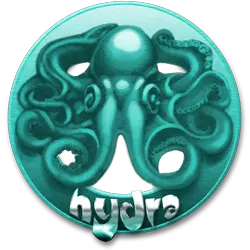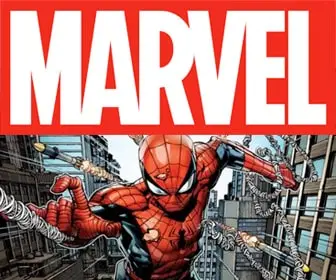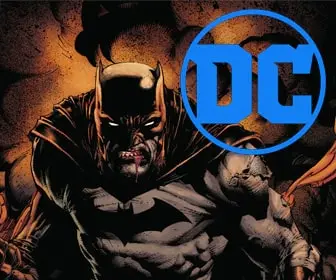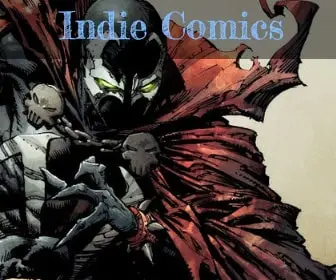
The Dark and Bold Style of Alberto Breccia
Alberto Breccia: A Master Who Inspired Generations
Alberto Breccia was a groundbreaking comic book artist known for his bold and experimental style. His work redefined comic book storytelling, blending heavy shadows, unique textures, and deep emotion. Many artists, including Frank Miller, saw him as a mentor and a major influence. His legacy continues to inspire comic creators around the world.
Early Life and Career
Breccia was born in Uruguay in 1919 but spent most of his life in Argentina. As a child, he loved drawing and worked hard to become a skilled illustrator. In the 1930s, he began his career in comics, starting with a more traditional style. Over time, he developed a darker and more expressive approach, making his work stand out from other artists of his time.
Famous Works
Breccia created some of the most striking and influential comics in history.
- “Mort Cinder” – A haunting story about an immortal man who witnessed key moments in history. Breccia used heavy shadows and expressive faces to create a gripping atmosphere.
- “El Eternauta” (Reimagined Version) – He reinterpreted this Argentine sci-fi classic, giving it a darker, more intense look.
- “Dracula” – Instead of showing a traditional vampire story, Breccia experimented with abstract and surreal visuals to create a fresh take on Dracula.
- H.P. Lovecraft Adaptations – He illustrated Lovecraft’s horror stories, using his unique style to enhance the eerie and unsettling tone.
A Mentor to Many, Including Frank Miller
Breccia’s work did not just impress fans—it deeply influenced other artists. Frank Miller, known for Sin City, The Dark Knight Returns, and 300, admired Breccia’s storytelling and artistic techniques. Miller took inspiration from Breccia’s use of shadow and contrast, which became key elements in his own work. The gritty, high-contrast look of Sin City reflects Breccia’s influence. Miller even referred to Breccia as a mentor, showing how much he respected his vision and talent.
His Unique Style
Breccia did not follow comic book traditions. He experimented with ink washes, thick brushstrokes, and even scratched or smeared his artwork to create intense textures. His use of light and shadow added a cinematic feel to his comics. This approach broke away from the clean lines of superhero comics and opened the door for a more artistic and expressive style.
His Lasting Influence
Breccia changed the way people viewed comic books. His work proved that comics could be deep, emotional, and artistic. Many artists, from Frank Miller to modern graphic novelists, continue to study his work for inspiration.
Legacy
Alberto Breccia passed away in 1993, but his art and storytelling live on. His ability to push boundaries helped shape the future of comics, and his influence can be seen in many of today’s greatest artists. He showed the world that comics are more than entertainment—they are a true form of art.














